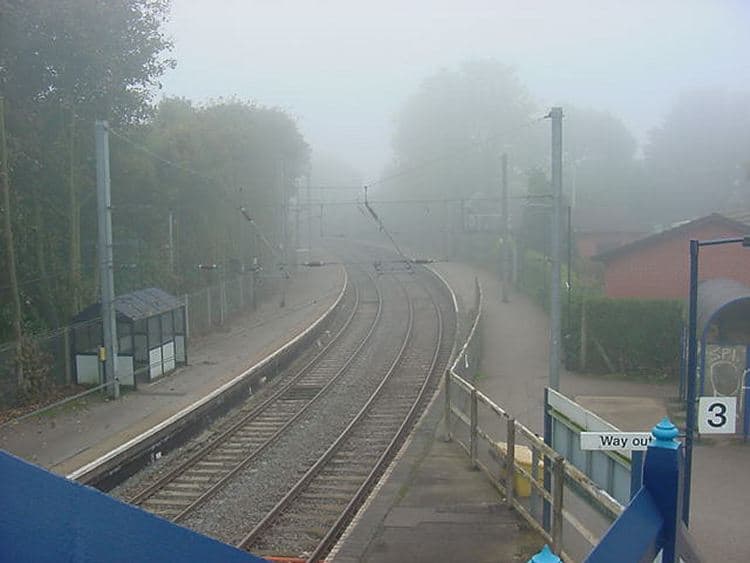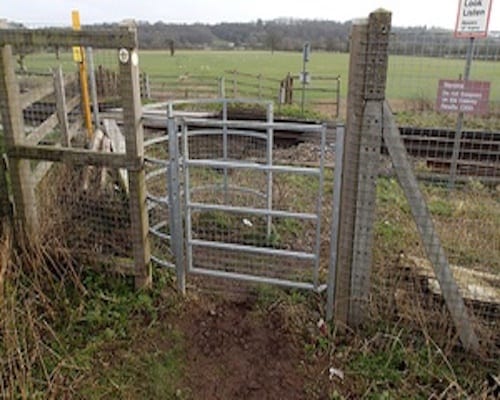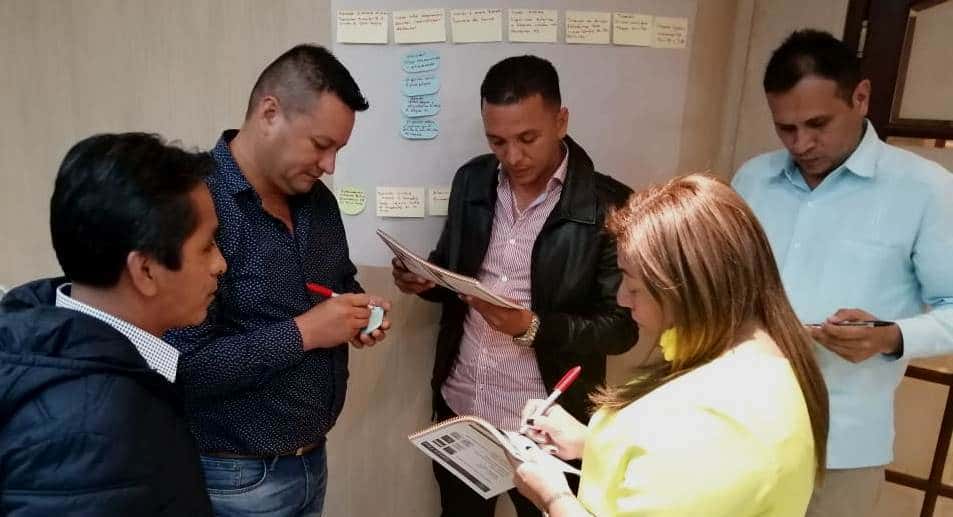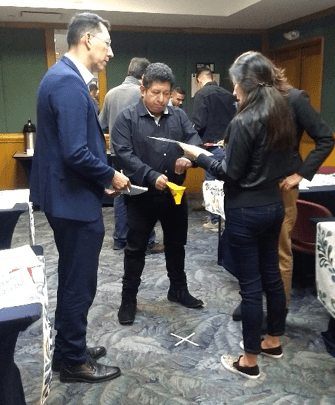At Fault for Not Mitigating a Risk: What You Can’t See, Can Kill You

Fatal UK accident at Tibberton No. 8 Footpath Crossing: Fog can be a deadly risk
• • •
You can never be certain when or where a risk will present itself. At 09:58 on February 6, 2019, a passenger train struck and fatally injured a pedestrian at a passive footpath crossing in the village of Tibberton, Worcestershire, UK. Passive crossings in the UK rely on the user looking and listening for trains. However, the foggy weather conditions had made the crossing unsafe to use; in these conditions, the pedestrian could not see or hear the approaching train early enough to be able to decide to cross safely.
Network Rail Does Not Actively Manage the Effects of Fog on the Safety of its Passive Crossings
This happened because the risks associated with using the crossing in fog had not been adequately mitigated. Network Rail had not carried out an assessment of the risks introduced by fog on the safety of its level crossings at national level.

Rail Technology Magazine (RTM) Reported on the RAIB Investigation of the Accident
“On the morning of February 6, a member of the public was struck by a train which was traveling from Nottingham to Cardiff. The train was traveling at 99 mph and the pedestrian suffered fatal injuries.
“So far, the investigation branch says that evidence suggests that a train traveling in the opposite direction had passed by just before the incident, and that the pedestrian had been waiting for that train to pass. He then made his way across the crossing, unaware of the other train approaching.”
RTM continued its report, “The RAIB’s investigation will look at the measures in place in relation to the risks of using the crossing in foggy conditions, and the fact that two trains passed the region of the crossing.”
Recommendations
The Rail Accidents Investigation Branch (RAIB) has made a recommendation to Network Rail, aiming to ensure that it understands the risks presented by fog at passive level crossings, and implements a strategy to ensure that the risk to an individual using a passive level crossing in fog is acceptably low.
The investigation also identified three learning points, two relating to the management of crossings and one as a reminder to train drivers to bring their trains to a stand upon hearing a railway emergency call.
See the RAIB report in its entirety; copyright by Crown.

The TapRooT® System trains you to solve problems
Circumstances can crop up in any occupation at any time if proper and safe sequence and procedures are not planned and followed. We encourage you to learn and use the TapRooT® System to solve problems.
TapRooT® has a team of investigators and instructors with years of extensive training ready to offer assistance worldwide. We also offer ongoing support to our clients through free newsletters and root cause tip videos, the root cause analysis blog, and the annual Global TapRooT® Summit.

Register for a TapRooT® Root Cause Analysis Training Course
Register for one of our TapRooT® Root Cause Analysis Training courses. We offer a basic 2-day course and an advanced 5-day course. Contact us. or call 865.539.2139 about having a course at your site or for further root cause analysis training opportunities. We’re here to find solutions for you.



